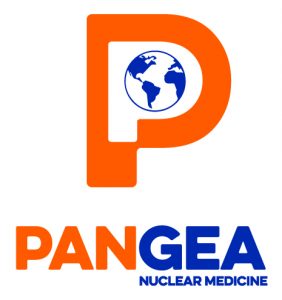Introduction to the third issue

The editorial board, Francois and I are pleased to introduce to our readers the third edition of the magazine Pangea-ePatient. It is about a year since we introduce our first issue and we have received numerous accolade and request for last year and this past March editions. Our vision and mission for the magazine has remained thehe editorial board, Francois and I are pleased to introduce to our readers the third edition of the magazine Pangea-ePatient.
same: The idea behind Pangea-ePatient project is to explain and educate in simple terms prescribing physicians, patients, health authorities and hospital administrators from across the world about current and future nuclear medicine diagnostic tests and therapies.
Beside the interview of leaders and chief executive officers in the field of nuclear medicine and a few various articles, we are starting a series on therapies with medical isotopes under the title Theranostics.
Theranostics, the new buzz word in medicine was coined in the early 2000’s by the CEO of PharmaNetics to define the vision for his company. It stems from the contraction of two words: therapeutics and diagnostics. Theranostics are one of the significant outcomes of the Human Genome Project. In the medical era of the omics, it is directly related to, if not synonym to precision medicine where diagnostic and therapeutic procedures are individually carved out for patients based on their genotype and phenotype. Most commonly, it refers to the use of a single agent/compound to diagnose and treat a specific disease.
While fitting well with the medical vocabulary of the new millenium, Theranostics are not new. In fact, it has been intimately part of our day to day practice for the practice of nuclear medicine for a long time. Way before the sequencing of the sodium iodine symporter gene in 1996 which characterize the cellular membrane transporter for iodine, nuclear medicine had already used the same physiologic 131 iodine molecule to diagnose and to treat patients with thyroid cancer for a few decades. To this day, the accumulation or lack of uptake of radioiodine by the thyroid gland represents a key non-invasive tool for the diagnosis and treatment of thyroid cancers.
Modern therapy of cancers, neurological and cardiac conditions now relies on the identification and targeting of specific cellular molecules. Using specific probes and labeling them with diagnostic and/or killer medical isotopes, nuclear medicine is now offering the most attractive and quintessential tool in Theranostics and precision medicine to manage patients.
We hope you will enjoy this new issue and use some of the information provided to help managing patients and health care services.



